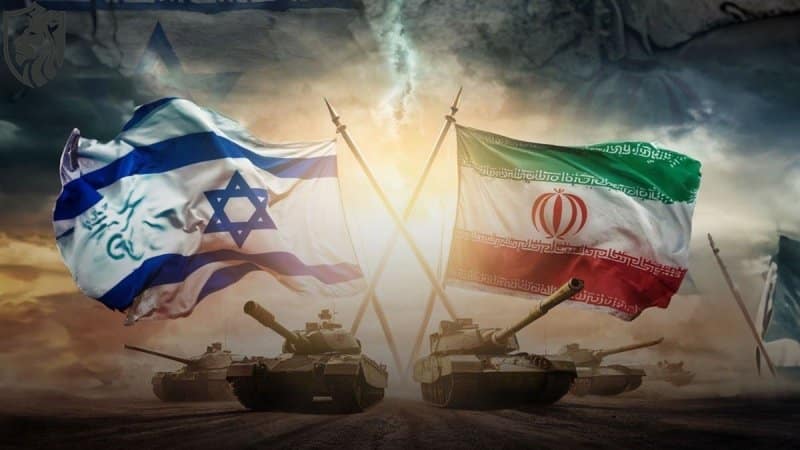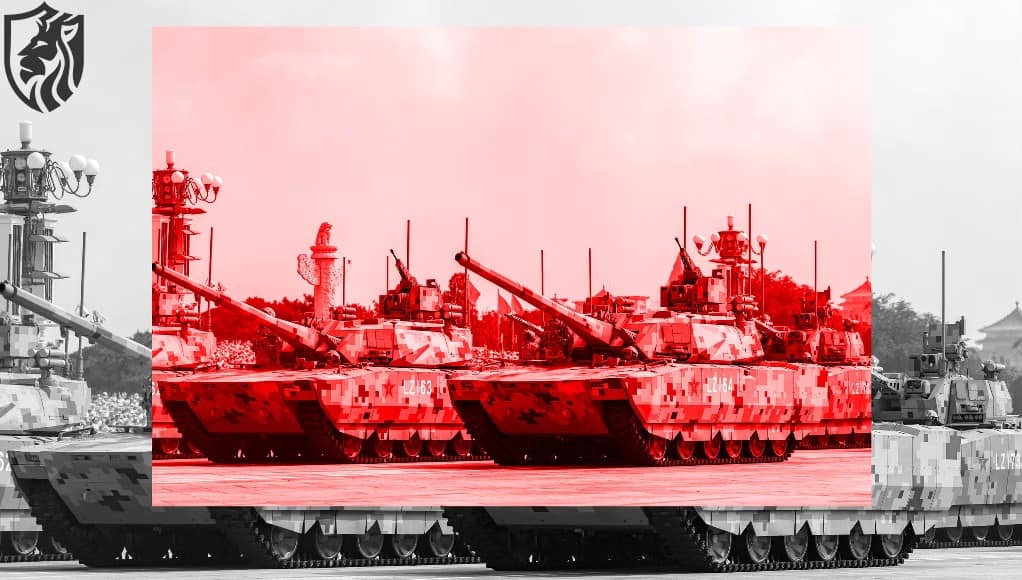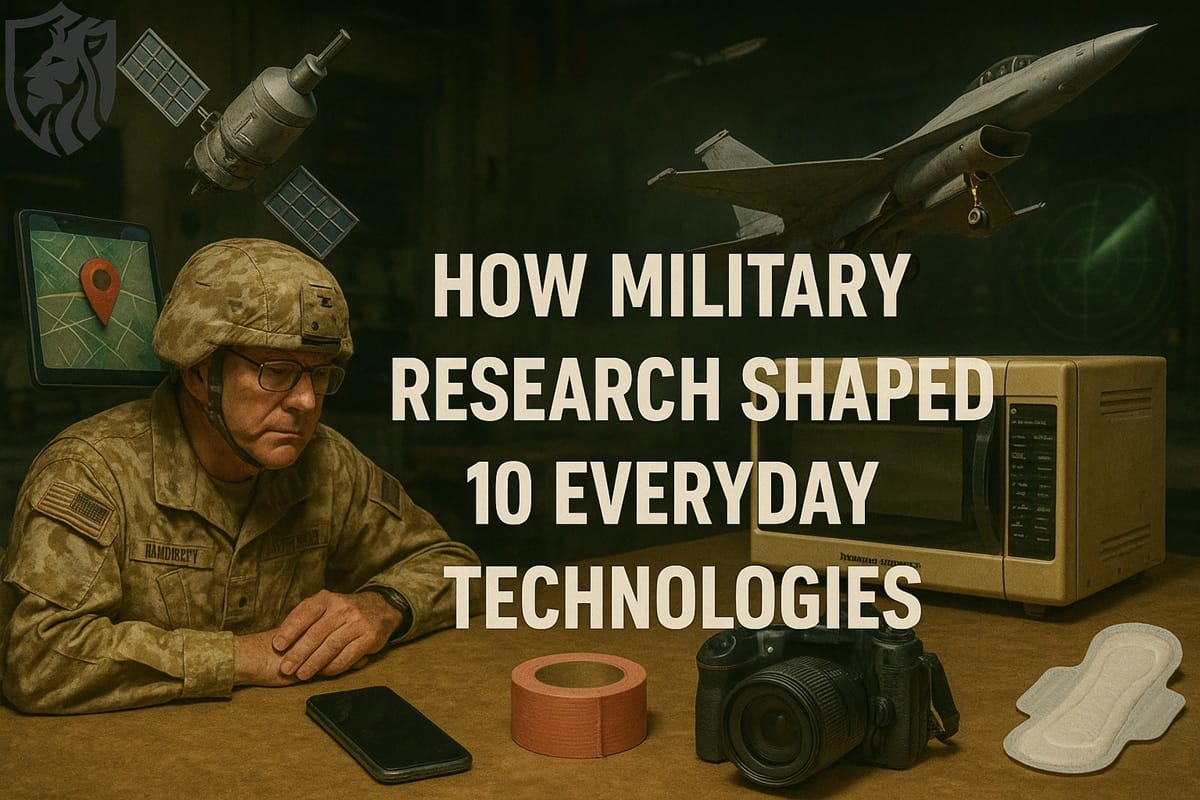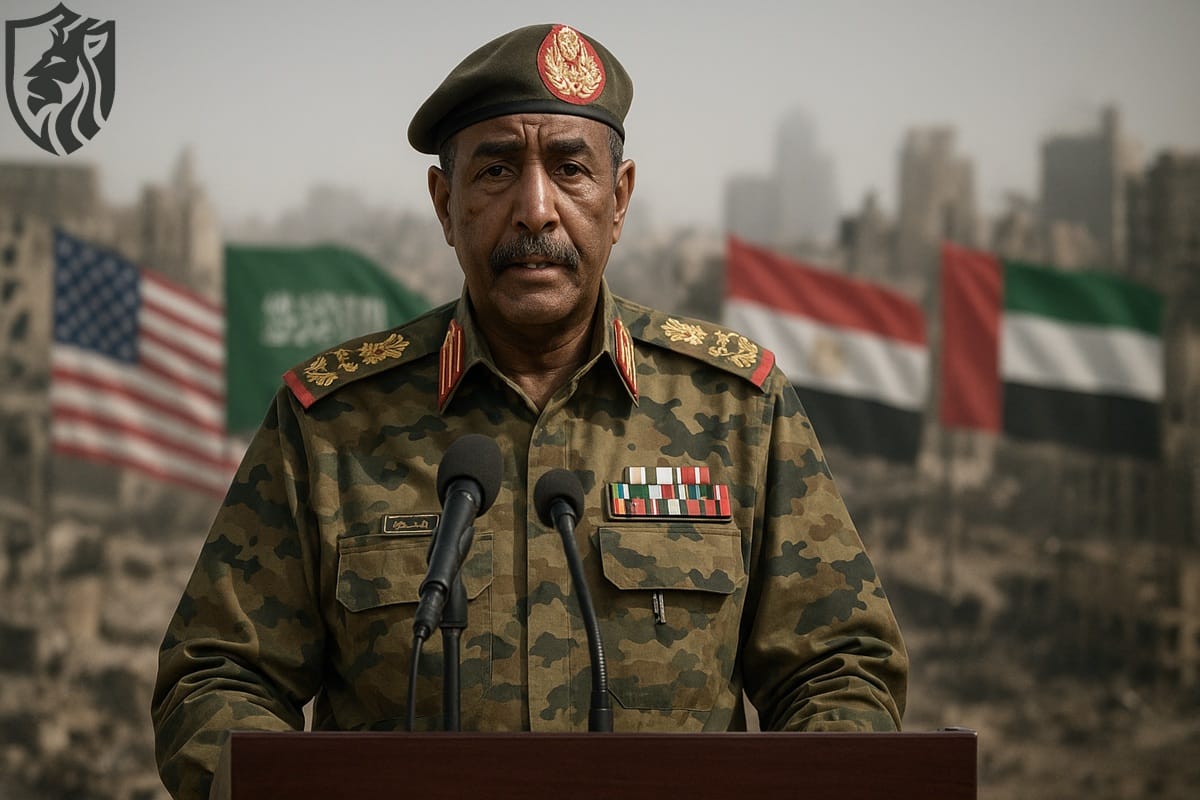
Israel vs Iran
Ignition of Discord
On June 13, 2025, Israel initiated Operation Rising Lion, a substantial military campaign aimed at Iran’s nuclear and military facilities. The assault, allegedly comprising more than 200 Israeli fighter aircraft, 330 precision-guided munitions, and strategically placed Mossad sleeper cells, represented Israel’s most audacious military operation since the 1981 Osirak reactor strike.
The strikes targeted the cessation of Iran’s nuclear program and the disassembly of the senior ranks of the Islamic Revolutionary Guard Corps (IRGC). In response, Iran launched Operation True Promise III, its most extensive direct assault on Israeli territory to date.
Iran launched over 150 ballistic missiles and 100 armed drones, targeting significant Israeli cities and military infrastructure, signifying a substantial shift in its regional strategy from proxy warfare to confrontation.


Operation Rising Lion: A Scriptural Assault
Israel’s Prime Minister Benjamin Netanyahu characterized the operation in biblical language, citing Numbers 23:24: “Behold, the people rise like a lioness.”
The symbolism was not solely rhetorical. Operation Rising Lion aimed to irrevocably diminish Iran’s nuclear capabilities and preempt any potential existential threats.
The initial wave of Israeli airstrikes obliterated Iranian radar systems and missile installations, facilitating a subsequent wave that targeted critical locations including Natanz, Fordow, Arak, and Esfahan—all vital to Iran’s uranium enrichment and missile manufacturing.
Targeted assassinations and drone strikes have also eradicated several high-ranking commanders, including IRGC Chief Hossein Salami, Chief of General Staff Mohammad Bagheri, and Missile Commander Amir Ali Hajizadeh.
Iran confirmed a total of over 104 fatalities, comprising nuclear scientists and high-ranking military officials, along with more than 370 injuries.
Israeli intelligence and sabotage units breached critical military command centers and subterranean installations, revealing significant infiltration in Iranian territory.
Promise III: Iran Responds
Following the Israeli assault, Iran initiated Operation True Promise III, executed by the IRGC late on June 13. This offensive, following the naming convention established in its 2006 and 2024 missile operations, signifies a perilous escalation by introducing warfare to the Israeli homeland at a magnitude not witnessed since the 1973 Yom Kippur War.
Iranian missiles targeted various urban and military sites throughout Israel. The majority of the strikes fell on Tel Aviv, Rishon LeZion, Bat Yam, and Rehovot, and they also targeted northern cities like Tamra.
Some of the casualties were civilians: at least 13 to 15 individuals lost their lives, while over 430 sustained injuries. The deceased included four Arab-Israeli women in Tamra, underscoring the indiscriminate nature of the attack.
Drones targeted radar installations and sought to saturate Israel’s Iron Dome and David’s Sling defenses, some of which were compromised due to the overwhelming number of simultaneous launches.
Level of Destruction
Here’s a comparative table showing the level of destruction on both sides during the 2025 Israel–Iran conflict involving Operation Rising Lion and Operation True Promise III:
| Category | Iran (Victim of Operation Rising Lion) | Israel (Victim of Operation True Promise III) |
|---|---|---|
| Military Casualties | 104+ confirmed dead (IRGC commanders, scientists) | 15 dead (IDF soldiers and civilians) |
| Civilian Casualties | An estimated 50–70 dead, 200+ injured | 13–15 dead, 435+ injured |
| Key Figures Lost | IRGC Chief Salami, Chief of Staff Bagheri, Missile Commander Hajizadeh (unconfirmed) | None officially reported |
| Air Defence Infrastructure | 12+ radar sites and missile batteries destroyed | The raid damaged several Iron Dome batteries, but most of them are still operational. The raid resulted in the destruction of at least two IAF F-35 Adirs, according to OSINT reports. |
| Nuclear Facilities | Natanz, Fordow, Esfahan, Arak—heavily damaged or dis The damage to the R&D centers in Tel Aviv is only partial, and there are no nuclear facilities. | Tel Aviv sustains only partial damage. The Indian Adani Group manages one oil refinery that sustained damage. |
| Drone Bases | Multiple drone and missile bases hit | Civilian drone factories slightly affected |
| Cities Hit | Esfahan, Tehran, Arak, Qom—military and civilian zones | Tel Aviv, Rishon LeZion, Bat Yam, Rehovot, Tamra—civilian areas |
| Power/Energy Infrastructure | Power plants near Fordow and Natanz disrupted | Local grid failures in Tel Aviv and northern districts |
| Economic Impact | Estimated The damage to urban infrastructure and trade is estimated to be between $5 and $7 billion. | The estimated damage to urban infrastructure and trade ranges from $5 billion to $7 billion. Houthis blocked the Red Sea trade route, creating problems for Israel. |
| Psychological Impact | Leadership vacuum, public unrest in some cities | Civilian fear, temporary internal displacement in north/central Israel |
Note: Figures are estimates based on publicly available 2025 data and may evolve as operations continue.
Military and Political Consequences
The dual operations have transformed the nature of the Israel-Iran conflict from a covert struggle to an overt confrontation. Israel’s strategy seems focused on the permanent eradication of Iran’s nuclear aspirations, whereas Iran seeks to exhibit its ability to retaliate decisively, thereby signalling deterrence and internal fortitude.
Netanyahu declared that the operation would persist “for as many days as necessary,” with the goal of incapacitating Iran’s nuclear infrastructure. Initial public support in Israel was substantial; however, political factions are increasingly voicing apprehensions regarding the long-term repercussions, particularly as civilian casualties escalate on both sides.
In Iran, state media lauded Operation True Promise III as a sacred defense. Notwithstanding the loss of multiple senior commanders, the Iranian leadership has pledged ongoing retaliation, asserting that Israel “will not rest peacefully until justice is achieved.”
Regional and Global Implications
The conflict’s regional impact has been immediate and significant. Global oil prices escalated within hours of the initial strikes. U.S. and European naval forces heightened military deployment in the Strait of Hormuz, a critical conduit for a substantial portion of global oil transport, due to concerns about possible disruptions or escalations involving Gulf allies.
The international response has been highly polarized. Although the United States is not directly involved in the conflict, it has increased its military preparedness in the region and issued a joint statement with its European allies calling for “maximum restraint.”
Nevertheless, it has refrained from denouncing Israel’s actions, with certain U.S. officials privately conceding that the assault considerably delayed Iran’s nuclear timeline.
Meanwhile, the United Nations, the Pope, and international humanitarian organizations have advocated for immediate ceasefires, peace negotiations, and humanitarian corridors. The civilian casualties and infrastructural destruction have resulted in an influx of refugees and displaced individuals in both nations.

Pakistan and the Arab World
During the 2025 Israel-Iran conflict, most Arab states stayed inactive, but Pakistan emerged as Iran’s unusual and quiet ally. Islamabad did not fight directly but secretly shared intelligence, allowed drone flights, and supported supply routes near its western border.
In contrast, many Arab states chose neutrality or quietly leaned towards Israel, avoiding direct confrontation with Tehran’s growing influence. Pakistan’s stance reflected both shared ideology and regional pragmatism, making it Tehran’s only reliable partner during a time of isolation. Israeli involvement in Indian strikes during Operation Sandoor gave Pakistan a chance to strike back at Israel more aggressively.
What Awaits in the Future?
The continuation of Operation Rising Lion and Operation True Promise III suggests the likelihood of an extended conflict. The stakes are substantial:
- Nuclear Diplomacy: The already compromised Vienna talks appear to have reached their conclusion. Iran’s reaction renders a return to negotiations improbable.
- Proxy Expansion: Hezbollah and other Iranian-affiliated militias may soon engage in the conflict, potentially triggering a wider regional war encompassing Lebanon, Syria, and Iraq.
- Cyber and Space Warfare: Both nations have indicated the potential deployment of cyberoffensive units and anti-satellite capabilities, thereby introducing new domains to the theater of conflict.
Conclusion
The summer of 2025 has pushed the Middle East to the verge of a comprehensive regional conflict. Operation Rising Lion and Operation True Promise III represent pivotal episodes in a protracted rivalry, transcending mere military engagements.
As both nations intensify their strategies, the world observes with trepidation, wishing that diplomacy can still subdue the lion and quell the threat of retribution.
References
- Times of India—Operation Rising Lion vs Operation True Promise III
- Wall Street Journal—Netanyahu on Operation Rising Lion
- Reuters—Israel names operation after Bible verse
- Al Jazeera—Iran launches Operation True Promise III
- The Jerusalem Post—Iranian drone and missile attacks
- Dawn News—Pakistan’s silent role in Iran-Israel conflict
- CNN – Civilian casualties mount in Israel-Iran conflict
- BBC—Global response to Israel-Iran war










